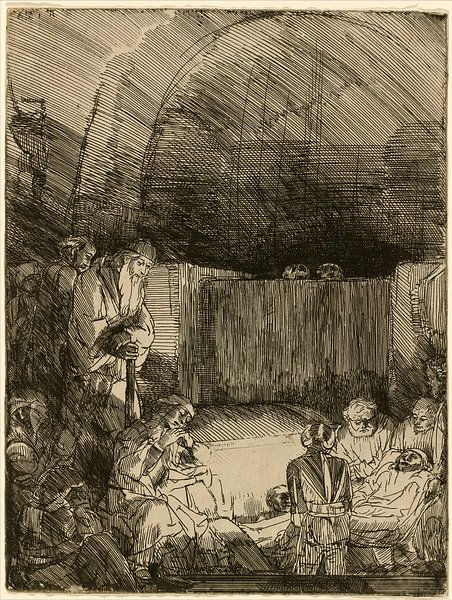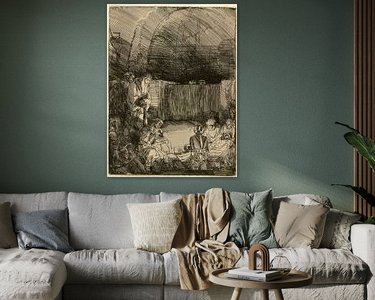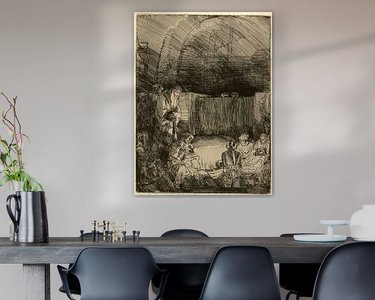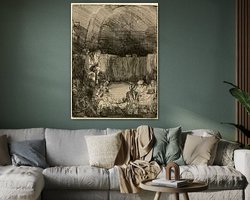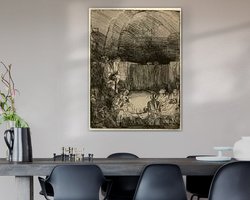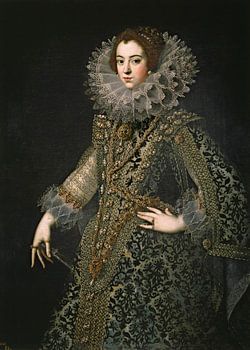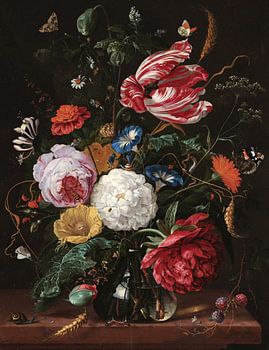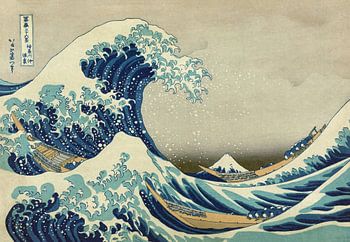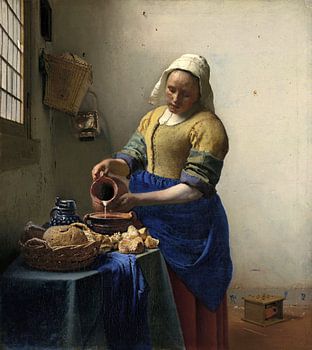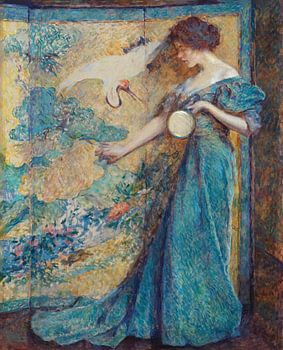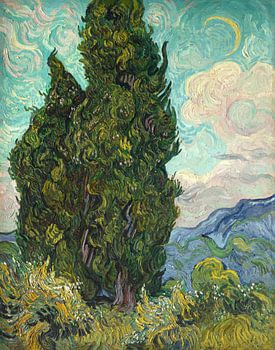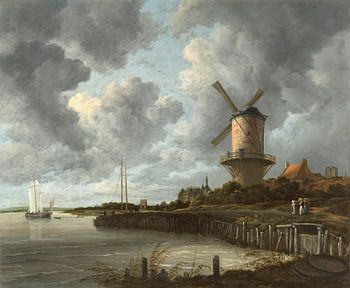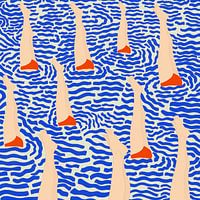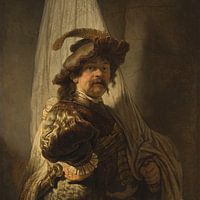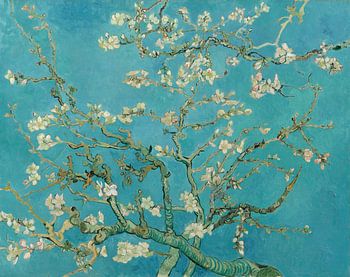
Rembrandt van Rijn (Dutch, 1606 - 1669), The Entombment, c. 1654, etching, drypoint and burin.
Rembrandt his ink turns the previously brightly lit scene into a dark one in which only the faces and hands of the central figures are illuminated. By initially leaving this tone on the copperplate and wiping away the ink only where he wanted to leave touches of light, Rembrandt printed both the etched lines and the layer of ink left on the surface. As a result of this exceptional painting of the plate before printing, each impression Rembrandt pulled was unique.
Of what Rembrandt really was we can know but little except through his paintings, his etchings, his drawings. His extreme absorption in work, which during his good days was a happiness and during his bad days a relief, separated him as a great worker, little known to the men of his day, in such a way at least as we might have fairly expected. Now, at length, we know all the ordinary facts of his life, the legends have melted away, and we can follow year by year the quiet accomplishment of his enormous tasks. Whatever of make- believe romance has faded, the real Rembrandt is still a poetic character from the very simplicity of his life, and the feeling we have of an interior one that fills his work and is only known thereby. His fame has increased year by year to such an extent that he represents in the story of the world a great part of the value of that native land which did not understand him. No one has be
